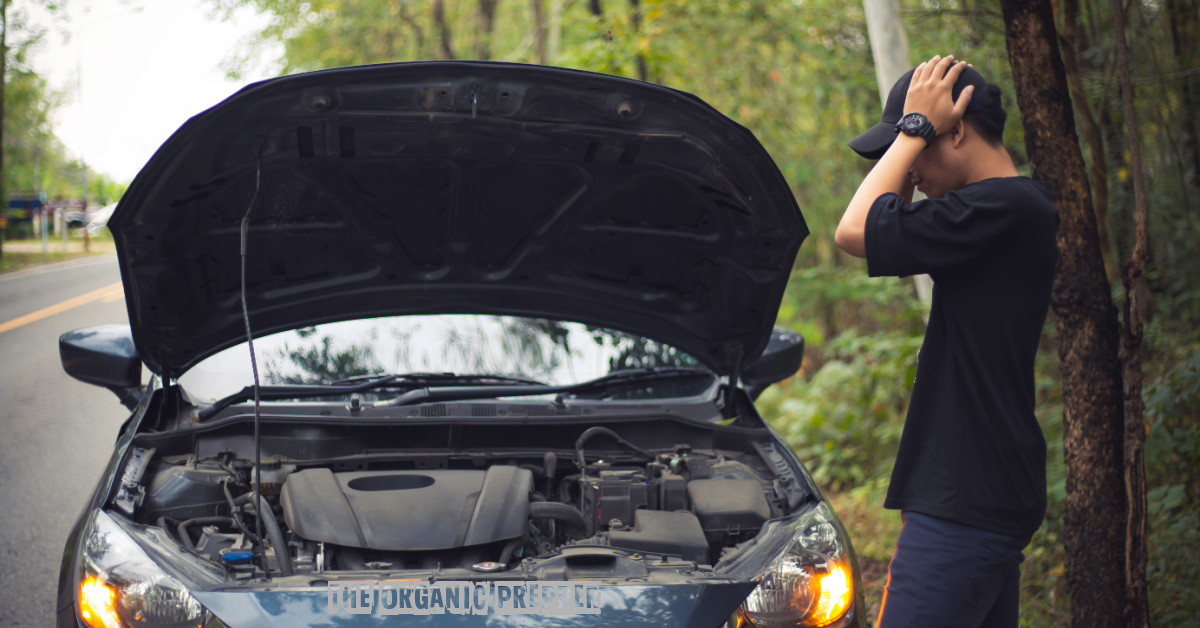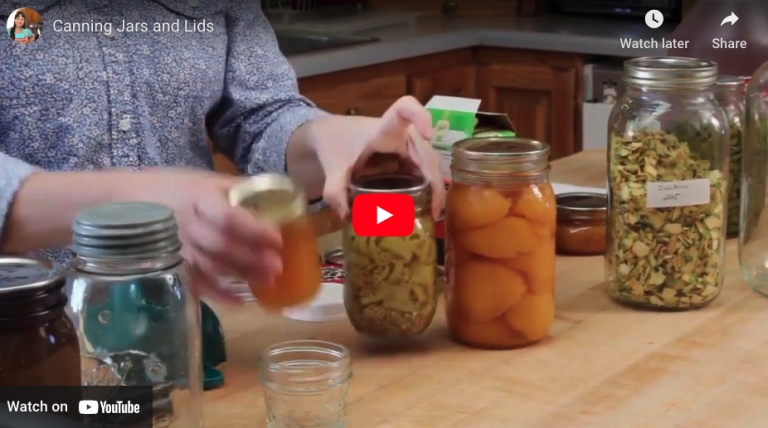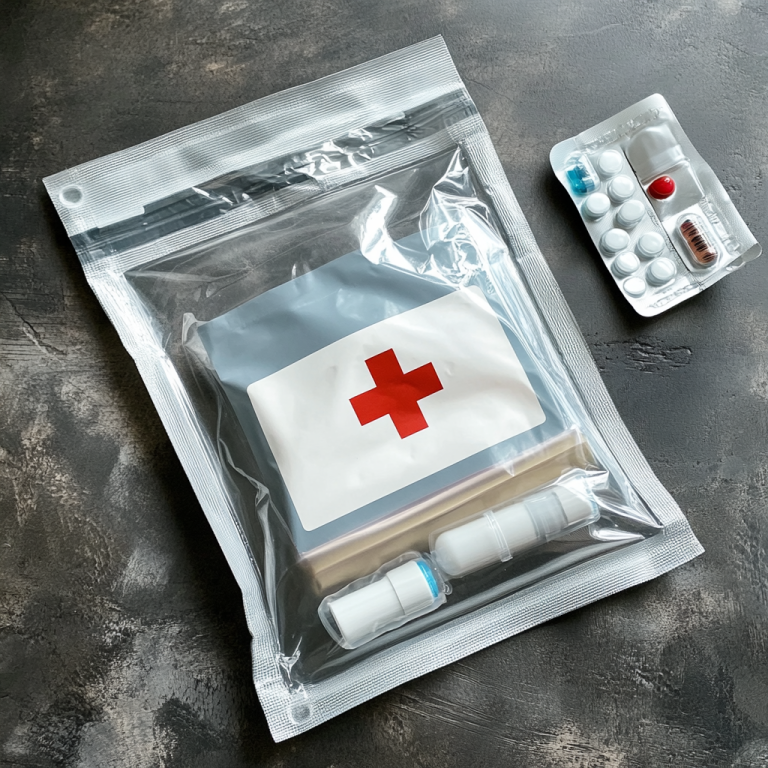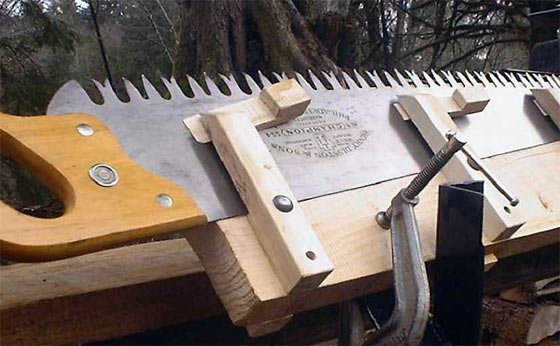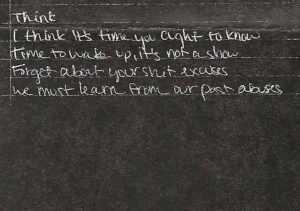(Psst: The FTC wants me to remind you that this website contains affiliate links. That means if you make a purchase from a link you click on, I might receive a small commission. This does not increase the price you’ll pay for that item nor does it decrease the awesomeness of the item. ~ Daisy)
A major vehicle catastrophe is never convenient, but in some cases, it’s worse than others. For example, if you’re driving down a lonely road more than a hundred miles from home.
Hello again, fellows. May this new year bring prosperity and happiness to us all.
Here is the first story of vehicle catastrophe.
After her father’s decease, this girl, a good friend of mine, and her family were in trouble making ends meet. Like everyone else, indeed. It was 2021, and we were still bouncing everywhere, trying to get to steady ground after the two tsunamis of the economy and the pandemics.
That being said, her family had the support of extended relatives. Her mother comes from a large family, so to speak, and has several well-positioned brothers.
The girl’s family owned an old Chevy, the middle 90s “Jimmy,” and the girl herself had a recent year Ford. After her divorce, she kept her apartment but had to sell her car.
This preamble sheds light on the events that culminated in a potentially serious accident.
One of her older uncles (they’re a large family) had a good, rough, Japanese-made truck and gave it to her as a gift. Maybe middle/early 2000s? I can´t say, but for the actual country standards, it is in good shape.
Well, that was what everyone thought.
The thing is, as they discovered after the accident, the truck had been repaired with the wrong parts.
Let’s elaborate on this.
Your truck’s front end has a lot of steel parts to move the wheels, support the whole weight, and the “cushioning” components, like the shock absorbers and the bars.
The gaps are tight in modern cars. They are made to very high standards.
If the parts are not the exact fit, something can go wrong, as it indeed happened. It’s not that the steel isn’t good quality. It is just that it is not made to rub against another component for years.
The gap between a part holding the wheel and a solid steel bar called the sway bar, was too tight. Both parts made contact when the wheel steered.
This made the sway bar rub against the other part, called the “tie rod end.”
This friction was a very bad thing over time and use. It generated a groove in the tie rod and a thinning of the piece itself.
As a result of this thinning, the hardened part of the tie rod, which impedes the appearance of fatigue cracks on the surface, disappeared.
Fatigue cracks always appear on the surface. The industry world spends billions of money inspecting every year to get them, identify them, measure them, and repair them.
Then disaster struck.
The result was that this cute woman was driving her mother home, 250 km (155 miles) away, on a lonely road…and the tie rod failed suddenly, making her lose control of the car as the right wheel was suddenly free as a bird.
They got out of the road, swaying to the right at 60 kph. (About 37 mph)
She was not speeding: this is a speed more than acceptable worldwide. Her mother was recently out of a spine surgery a few months ago, and she had to take it easy and slow as the truck is a 4×4, and the ride in our roads is not exactly soft.
They got into a ditch and almost went over a water pipe that was 3/4 overground. Would they hit that, the truck would have ended like a poisoned cockroach, belly up. With a handicapped, elderly woman, 250 km. away from home on a desert road.
The good part is that my friend could stop the car with the emergency brake (wheel front brakes, for some reason didn´t work, and I can imagine why), and they stopped partially in the rain curb. After the dust settled down, checking on their phones resulted in no signal at all.
A lonely road, a cute woman, and a disabled elderly lady. Perfect for a horror movie!
Go figure.
Farmer to the rescue
A few meters away, there was a farm gate. A few minutes after the accident, a kind gentleman approached and offered them help. After inspecting what had happened, he brought his truck and took theirs off the curb, pulling slowly until putting it in a proper position.
Using the jack, they lifted it to inspect the damage. That awesome gentleman told them he could put them back on the road, but under their responsibility, and that if something else happened further down the road he couldn´t be considered liable. Of course, both women told him to go on, and that all would be on them.
You can see what a tie rod is in this picture by Mr. Bill Abbot on Flickr. That part moves the wheel, as you can clearly appreciate.
That kind man then proceeded to make a farm repair: he welded (with welding rods, mild steel!) that tie rod, and even smoothed the bead afterward with an angle grinder…
Here is what I find amazing…
One, my poor friend never knew how damaged the car was until that part broke up. I would have done the same weld to repair the stuff, only that I would have driven much slower and carefully. A Montero 4×4 is quite heavy.
Two, that field-welded tie rod took it like a champ. I have seen when 4x4ing that some stuff like chassis and general structural parts can be welded, but…a tie rod??
Not in my craziest dreams.
But it was that, and pray to make it home or call a towing truck and spend the money they didn´t have to pay for it. That meant getting into debt and being in an already bad financial shape.
Long story short, they made it home in one piece (including the truck except for the tie rod) after like 6 or 7 hours to cover the 250 km.
But it could have ended very, very badly.
Here’s another example of vehicle catastrophe.
My case of vehicle catastrophe was similar and potentially dangerous, too.
I had a planned trip to a city 600 km (about 375 miles) away. away, in the Western part of the country. After a little preventive maintenance and “inspection,” we just loaded up the car the night before and hit the road the next morning.
A small child (5 years old), my elderly dad, and myself. We made it unharmed the first 200 km until we started to notice a serious gasoline smell. I parked in front of a farm gate…and could see a bad fuel leak right from the output hose of the fuel tank.
Being already experienced in that sort of thing, we patched the leak very quickly with a sleeve made with plastic bags (we always carry some fruit, crackers, cheese, and sweet buns to munch and stuff) and a good length of copper wire, plus a very tight fitting with 12v car plastic-coated wire we always carry. Once the leak stopped, I realized that in my toolbox the length of the fuel line was not there anymore. Maybe my stepson used it for something, but the reality was it just wasn’t there.
We had incredible luck…once again, a farmer to the rescue. The owner of the farm we park in front of came, saw what the problem was…went back to his workshop, brought a length of hose, and even installed it, saying, “No worries, my clothes are dirty. You don’t need to get tired as you have still to drive a lot”.
That is the traditional spirit of Venezuelans. Helpful and kind.
We gave him a bottle of rum we had bought for my dad’s cousin, where we were headed, but it was a very pleasant exchange. The hose was brand new, and it worked as a charm.
Here’s what went wrong.
My analysis of this failure is that the original hose was not ethanol-resistant, and the fuel actually had a portion of this.
Back then, they would NEVER admit that they couldn’t produce enough fuel with the poor decisions they made and the decline of the oil industry. The US shipped us back ingredients for our gasoline mixture, and we paid with crude oil. They didn’t maintain the facilities (the goal was, indeed, to harm the US’s ability to respond to an attack neutralizing their fuel source: my whole country), and we finally stopped producing our own fuel, receiving in exchange gasoline already mixed up. With high ethanol, of course.
It is still mounted in the car, ten years later.
(Now that I think of it, it’s time to replace it again).
That is the thing with rubbery or plastic stuff; they have a limited lifespan. I have come to believe that it is not important if you use it or not. They seem to be designed to age, tearing up by themselves after some time. Of course, heat and exposition to UV will make them break apart faster, but if you inspect them and they “seem good” but are too old, it is better to replace them, as chances are they will fail once under service.
I have inspected a few hoses, and they “seemed” good, but they were NOT. From now on I will only use hoses under the most demanding specifications to run my fuel lines. An example of these references can be found here.
And if I can find a better one, I will use it.
Keep these things in mind to avoid similar problems.
There are good, interesting lessons here about what to do in the event of vehicle catastrophe.
- Always check the maintenance done in your rig is made with the right parts. As dumb as it may sound. These accidents happened because someone used the wrong parts, and could very easily have severe consequences, including fatal outcomes, and that is why I wrote about it.
- The capabilities for field repairs are way more important than whatever one would believe. Getting an inexpensive 12v welding machine connected to the car battery and a sealed box of welding rods would be a very interesting addition, even if you are clueless about welding. Someone in your group could know how to use it and make the needed repairs to get back on the road! Sure, the added weight is a concern, but if you have to do some serious off-roading, you know it may be necessary.
- Always carry an emergency box with fluids for your car and some way to plug a leaking brake/oil/air/coolant/fuel line. The oil you may need and whatever other spares. Not directly related to this example, but it is worth emphasizing it.
- Be very aware of every fluid line of your vehicle
- After some reasonable lapse (3 months in my case), get under your rig for inspection with a good flashlight. I find a pit really useful for this, as it is much better to be standing up to inspect than laying belly up). A good cleaning is mandatory in the industry before inspection, so you should pressure wash the underneath as a previous step.
- Have a vehicle emergency kit for yourself, too.
And don’t forget the welding rods/wire! If you do a little research, you could even find some compatibles with most of the steel used in your rig.
As an interesting fact, knowing our roads, I know these components like tie rods, bushings, control/rocker arms, and shock absorbers suffer a lot as the other parts down below, and I bought a couple of them for the future.
This future we are already in, indeed.
Our rig is a necessity, and we all know we have to do our best to keep it on the road (or off it).
Get what you need when times are good.
Get a workshop manual and buy all the spare parts you need when times are good. Get them even used, if you can’t afford them brand new if you want, but it is better to have them on a shelf to replace it than having your rig sitting in a corner. I have never regretted getting some spares for my car or bike. Further down the road, I have saved money and time by stashing them.
Make someone inspect your vehicle thoroughly at least once yearly.
I look forward to reading your comments!
Stay tuned, and keep safe!
Cheers,
J.
Have you ever had a similar vehicle catastrophe?
Did you ever discover your vehicle had been repaired with the wrong parts? Have you ever done a “McGuyver” repair of your own? Have you ever had a major mechanical breakdown when far from home?
Let’s talk about it in the comments.
About Jose
Jose is an upper middle class professional. He is a former worker of the oil state company with a Bachelor’s degree from one of the best national Universities. He has an old but in good shape SUV, a good 150 square meters house in a nice neighborhood, in a small but (formerly) prosperous city with two middle size malls. Jose is a prepper and shares his eyewitness accounts and survival stories from the collapse of his beloved Venezuela. Jose and his younger kid are currently back in Venezuela, after the intention of setting up a new life in another country didn’t go well. The SARSCOV2 re-shaped the labor market and South American economy so he decided to give it a try to homestead in the mountains, and make a living as best as possible. But this time in his own land, and surrounded by family, friends and acquaintances, with all the gear and equipment collected, as the initial plan was.
Follow Jose on YouTube and gain access to his exclusive content on Patreon. Donations: paypal.me/JoseM151







